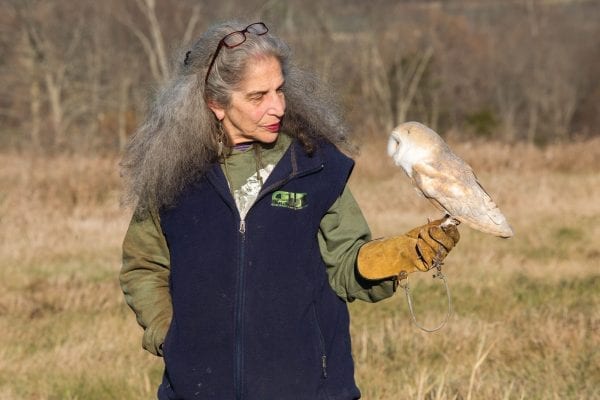Two-lane rural highways choked with cars. Traffic winding along remote country roads. Miles long backups fill the mountain air with acrid exhaust. For many, this is the reality of traveling to the Adirondacks in the summer months, especially during weekends and holidays. However, driving to the Adirondacks was an impossibility until the expansion of state and federal highway systems in the mid twentieth century. Before then, railroads were the main avenue of transportation for tourists. Comparing railroads and highways as forms of transportation in the Adirondacks, railroads first opened up the region to tourism but declined steeply in usage, while highways expanded rapidly in the 20th century and serve as the main means of accessing the region today.
The expansion of railroads in the 19th century first opened up the Adirondacks from relative isolation to tourism. Up to the mid-19th century, the Adirondacks were populated with mostly subsistence farmers and hunters. (Pulling, 2014). Railroads expanded into the Adirondacks in the 19th century, with the completion of the Adirondack Railway in 1871. The Adirondack Railway brought wealthy tourists up from New York City to summer homes and resort hotels, establishing the Adirondacks as a major vacation destination (All Aboard For A History Of Train Transportation In The Adirondacks, 2019). Empowered by the ease of rail travel, the number of tourists increased dramatically in the Adirondacks at the turn of the 20th century. However, railroad use as a whole reduced significantly in the latter half of the 20th century. The decline of industry in the Adirondacks, including logging, mining, and tanneries, led to the shuttering of many rail lines (Smith, 2013). Today, there is only Amtrak service through the Adirondack Park. The Adirondack Train is an Amtrak route that runs from New York City, through Albany and the Adirondack Park, and up to Montreal (Adirondack Train, 2021). There are several stops on the route in the eastern portion of the Adirondack Park along Lake Champlain. The annual ridership for the Adirondack Train is 132,000 people (Anderson, 2012). Although its role in the Adirondacks has diminished, rail travel to the Adirondacks is still possible, albeit in a limited capacity.
Highways and other roads facilitate the vast majority of transportation in the Adirondack Park today. Private cars and buses use highways, especially the Adirondack Northway, for transportation in the Park. The Adirondack Northway is the stretch of Interstate 87 that runs through the Adirondack Park from Albany to the Canadian border. The construction of the Adirondack Northway began in 1957 with the creation of the federal highway system. Construction was completed in 1967 (About the Adirondack Park, 2021). The Adirondack Northway made the region accessible to modern American tourism. The Adirondack Northway serves an estimated 10 million people that visit the Adirondack Park annually, providing access to the Park from New England and downstate New York (Pulling, 2014). The Adirondack Northway’s usage dwarfs the Amtrak annual ridership. The New York State Highway system is another crucial road network for tourists in the Adirondacks. State Highways, like New York State Route 30, provide access to more remote tourist destinations that the Northway does not. Also, sections of New York State Highways in the Adirondacks are labeled as “scenic byways,” meaning the roads themselves are tourist destinations. Scenic byways often provide stunning mountain views or lead to other unique attractions (VisitAdirondacks.com). It is clear that roads, especially the Adirondack Northway, are crucial to the transportation of tourists to the Adirondack Park.
Tourism has been an integral part of the Adirondack story. Both railroads and cars brought tourists to the Adirondacks, but the decline in railroads was mirrored by the creation of road networks that continue to bring tourists to the region today.
References
About the Adirondack Park | Adirondack Council. (2021). Www.adirondackcouncil.org; Adirondack Council. https://www.adirondackcouncil.org/page/the-adirondack-park-19.html
Adirondack Train | Amtrak. (2021). Www.amtrak.com. https://www.amtrak.com/adirondack-train
All Aboard For A History Of Train Transportation In The Adirondacks. (2019). Adirondack.net. https://www.adirondack.net/history/automobiles/
Anderson, E. (2012, October 12). Amtrak sets new ridership record at 31.2M. Times Union; Hearst. https://www.timesunion.com/business/article/Amtrak-sets-new-ridership-record-at-31-2M-3941044.php
Pulling, J. (2014). Transportation and Tourism in the Adirondack Park: How the historical development of transportation and tourism shaped the culture of the Adirondacks Transportation and Tourism in the Adirondack Park How the historical development of transportation and tourism shaped the culture of the Adirondacks. INTRODUCTION. In Union Digital Works. Union College. https://digitalworks.union.edu/cgi/viewcontent.cgi?article=1002&context=summerfellowships
Smith, P. (2013, September 7). Adirondack Wilderness. Wildadirondacks.org. https://wildadirondacks.org/adirondack-wilderness.html
The Adirondack Northway – History Of Construction And Opposition. (2019). Www.adirondack.net. https://www.adirondack.net/history/adirondack-northway/VisitAdirondacks.com. (2021). Scenic Drives & Byways | Official Adirondack Region Website. Visitadirondacks.com; Adirondack Regional Tourism Council. https://visitadirondacks.com/what-to-do/scenic-drives-byways






